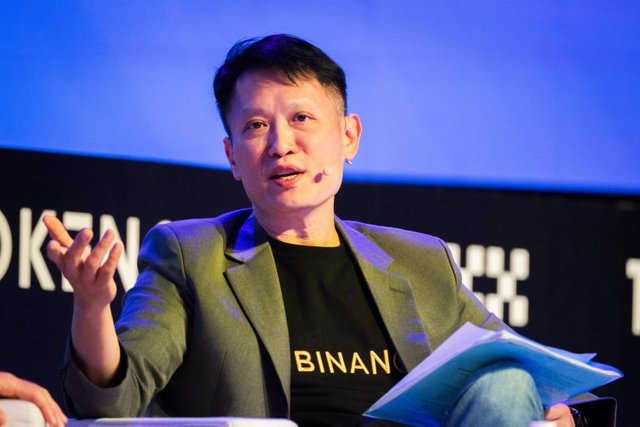
The world’s biggest cryptocurrency exchange says it’s increased year-over-year spending on compliance from $158 million to $213 million, purchasing a raft of new software systems to block and report suspicious transactions. The increased outlay also reflects personnel costs, including Binance’s decision to bring back executive Steve Christie as its deputy chief compliance officer.
“We have significantly matured our compliance culture. This is made possible with the quality of our talent who continue to meet the new challenges and opportunities of this exciting and fast-evolving industry,” said CEO Richard Teng, a former regulator who took over the top job from Binance founder Changpeng Zhao in November.
Binance’s focus on compliance is in stark contrast to its earlier days when the company became the industry leader in part because of its willingness to turn a blind eye to bad actors using its platform. Late last year, the company entered a settlement with U.S. authorities to put an end to several long-running investigations. The deal, which coincided with Zhao pleading guilty to criminal money-laundering charges, requires the company to pay over $4 billion in fines and penalties.
As part of the settlement, Binance must also accept a court-appointed monitor tasked with upholding terms imposed by the Department of Justice as well as the Financial Crimes Enforcement Network and the sanctions-focused Office of Foreign Assets Control, both of which are divisions of the U.S. Treasury.
The imposition of the monitor is likely to prevent Binance from engaging in the questionable tactics, including skirting regulations, that previously helped it gain market share. The monitor has yet to be formally appointed by the court, but a Binance spokesperson said the announcement is likely to come soon. The choice of monitor is based on a list proposed by Binance and vetted by the agencies.